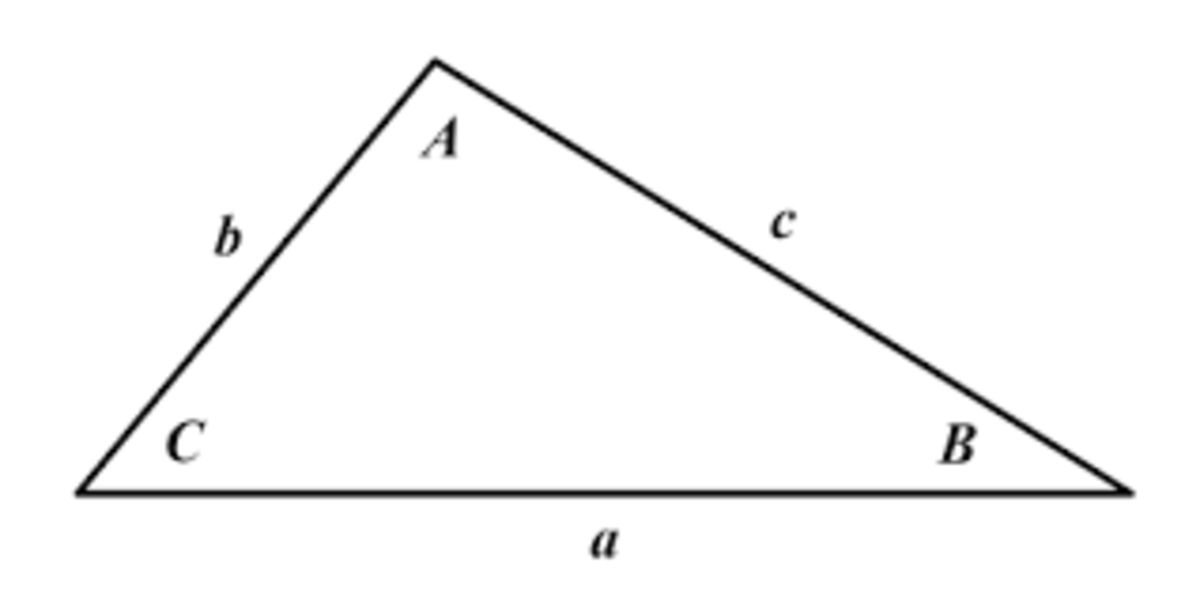Surrounded Perimeter
In any triangle, C i r c u m r a d i u s P e r i m e t e r ≤ A . Find the value of A 2 ?
This section requires Javascript.
You are seeing this because something didn't load right. We suggest you, (a) try
refreshing the page, (b) enabling javascript if it is disabled on your browser and,
finally, (c)
loading the
non-javascript version of this page
. We're sorry about the hassle.
4 solutions

Now, C i r c u m r a d i u s P e r i m e t e r = R a + b + c = R a + R b + R c − − − − > e q 1
From Sine rule, 2 e q 1 = 2 R a + 2 R b + 2 R c = S i n A + S i n B + S i n C
Sorry guys, I am not able to attach the graph but maybe you can draw and understand on your own.
Now, in a concave graph such as sin(x), any three points on the graph when connected will always form a Triangle on the inside or on the graph.
Coordinates of the centroid will be ( 3 A + B + C , 3 S i n A + S i n B + S i n C ). One can easily observe that the Centroid of any Triangle will always lie on the line x = 3 π . And y coordinates on the line x = 3 π has a minimum value of 0 and maximum value of Sin((\frac{\pi}{3})).
Therefore, M a x − − > 3 S i n A + S i n B + S i n C S i n A + S i n B + S i n C e q 1 A A 2 = S i n ( 3 π ) = 2 3 3 = 3 3 = 3 3 = 2 7
Intuitive hint: think equilateral triangles!
Thx for posting
I have posted a vigorous solution maybe you can check it
Log in to reply
With the help of some Lagrange Multipliers as a check, looks fine to me, Omek! Have a great day :)
Log in to reply
Well I don't know about those stuff. Have good day Tom!
Relation of circum-radius and lenght of triangle is: r * cos30 = length/2 A=3*√3
I don't understand. Why does the triangle √2, √2 & 2 has an A of 2 + 2√2 and A² = 12 + 8√2 < 27 ?
Log in to reply
Well, I just meant that the A value has a maximum value of 27
It's simple geometry. You should arrive with this relation
I have posted a vigorous solution maybe you can check it
Log in to reply
It's way easy than your solution Using basic trigonometry knowledge
The way the problem was stated is maybe open for misinterpretation, because one might look for the lowest value for r p . Therefore I rephrase the question: If A is the smallest value such that r p ≤ A will hold for any triangle, what is A 2 ?
So we need to identify what shape the triangle with maximum r p has. If you start with a fixed circle and ask which inscribed triangle has maximum perimeter, it becomes clearer that that would be an equilateral triangle.
An equilateral triangle with side 1 has perimeter p = 3 . The distance from its centre to a vertex is the radius of its circumscribed circle: r = 3 1 3 . The ratio between these is A = r p = 3 3 , so that A 2 = 2 7 .
For other triangles this ratio will be lower.